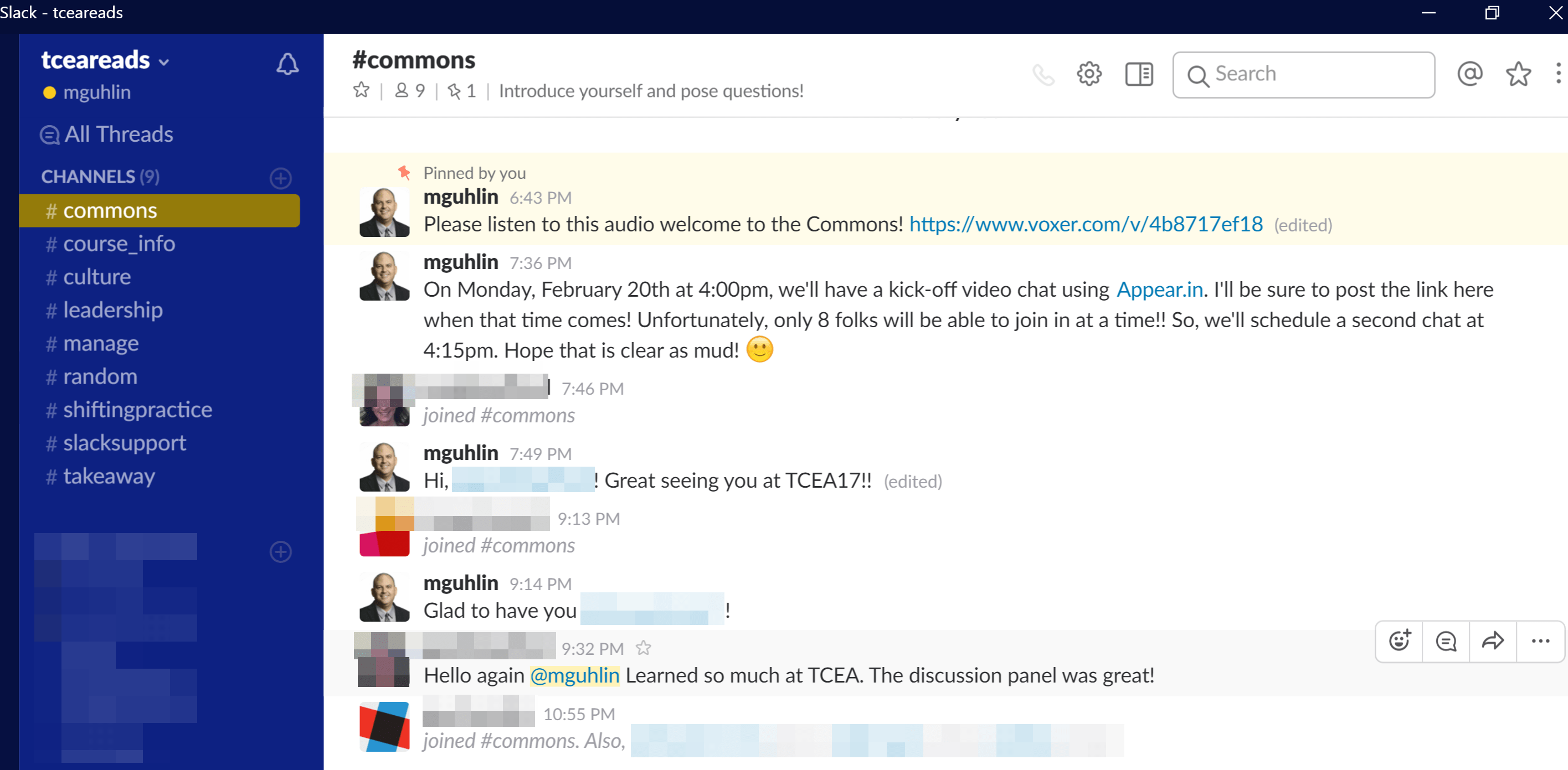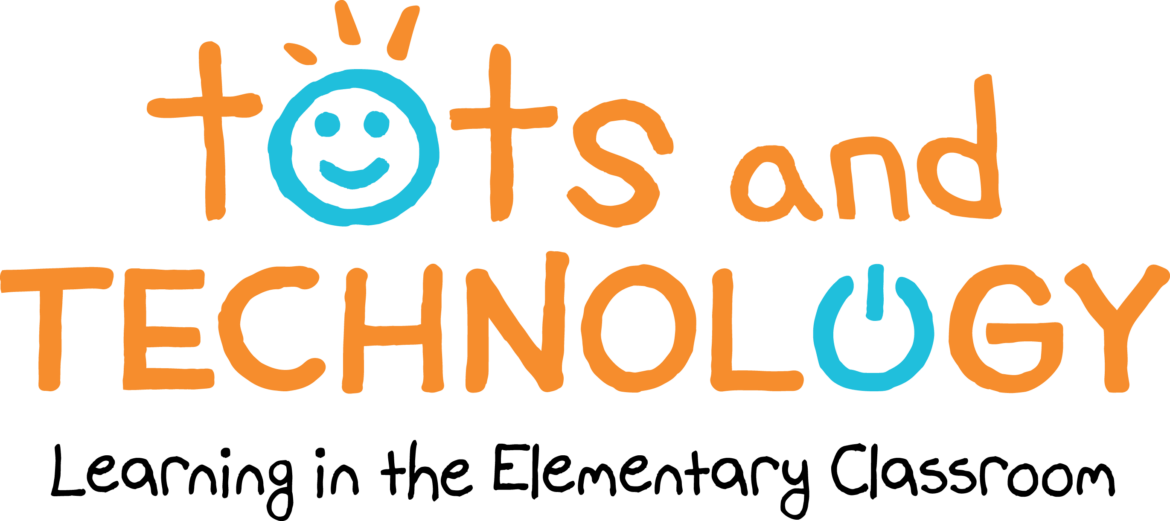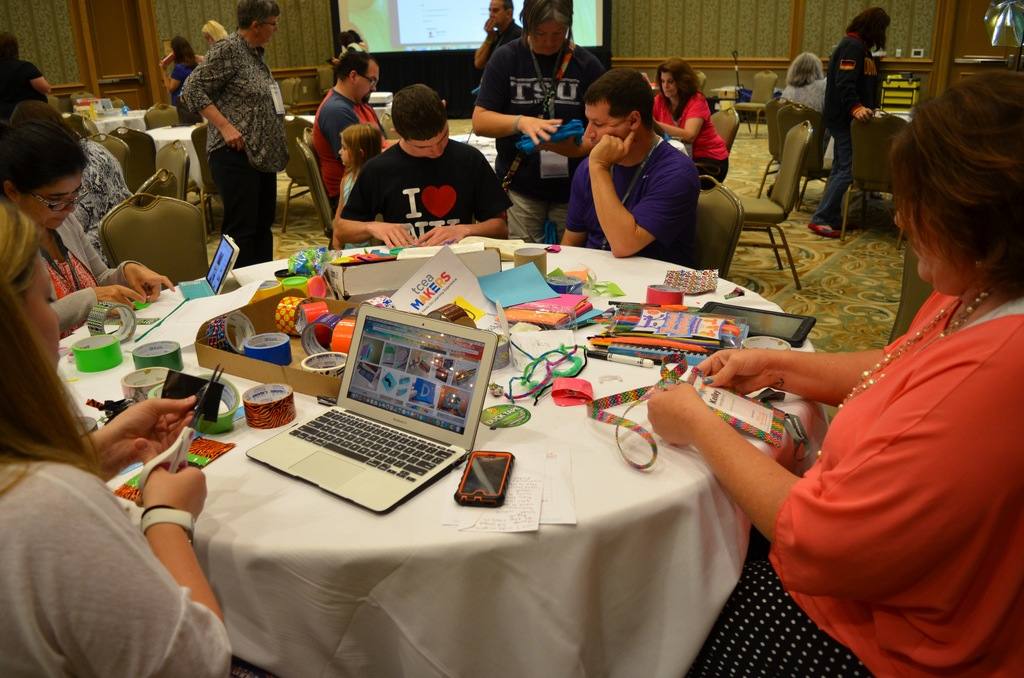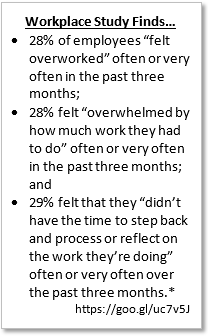In today’s technology-enabled world, using video for professional learning is easier than ever. It is a readily-available and powerful tool that can transform teaching practice and positively impact teachers and administrators alike.
But how do schools get started using video? And what factors should they consider when implementing a video coaching initiative? I recently had a (video-based) conversation with respected author and researcher Jim Knight about these topics and how video can support a personalized and collaborative professional learning process.
How do you create an environment that supports video coaching?
It is crucial to create an environment that’s psychologically safe when educators are going to share with others. Teachers don’t want to bare their souls to a “Debbie Downer.: They want to receive feedback that’s encouraging and validating, not feedback that squashes them down. Video is all about opening up; so if school leaders can create a culture that’s psychologically safe, amazing things can happen. Really tight bonds can be made and a lot of learning can happen really, really fast.
I do believe that educators should have a choice about participating in using video however. It shouldn’t be a forced thing. And school leaders have to be the first ones to model the use of video. A teacher shouldn’t be expected to record him or herself if the principal or coach isn’t also recording themselves. Coaches have to get comfortable watching video of themselves and see what it looks like firsthand. And then once they’ve gotten some credibility because they’ve done it, they can share with teachers.
I also suggest coaches approach respected, informal leaders in the school to start the video process. Once other teachers see this person doing it, they will say “Well I guess if they are doing it, maybe I should do it too.”
How can you encourage educators who are new to video to start using it?
I think they just have to do it! Nobody likes to see themselves on video, at least not initially. And nobody ever says, “I’m younger and thinner than I thought when I looked at the video.” Sometimes you just have to get people to start recording themselves just to get used to it. Once educators get beyond the notion that they have to look like some movie star, they can start using it in meaningful ways. And that doesn’t take too long.
Another issue is that video presents individuals with a clear picture of reality, and that reality does not always match up with what’s in one’s mind. If teachers have it in their minds that they are really amazing at something, and then the video shows that’s not the case, they have to rethink who they are a bit, and that’s a difficult thing to experience. But most people want to be good at what they do, and to be good at what you do, you have to get a clear picture of where you are.
How can video expand the geographical scope of teachers’ professional learning and increase collaboration?
Video is a really powerful tool that has the ability to connect teachers in new and exciting ways. For example, say I was an 11th grade social studies teacher and I wanted to get really good at using a Frayer model to teach concepts. If I had a big enough group of fellow teachers who were using the same platform as I was to share videos of their teaching practices, I could watch their videos and find out how they are using the graphic organizer effectively and discuss instructional ideas. This opens up enormous potential for communication globally. How cool would it be if we could find teachers and start to share actual videos and discuss teaching strategies beyond Twitter groups and 140-character responses?
Even on a district-level, video can allow best practices to be shared more broadly. In large districts with multiple schools spread out, it might be hard to get all grade-level teachers to meet face to face. But with video, teachers can just open up their computer, share a video, and have the conversation right there. Plu,s it can be done asynchronously.
What factors help lead to technology – video coaching technology or other – being embraced by educators?
When technology is quickly embraced, it is usually really powerful and really easy. An iPad is a good example – anybody can pick it up and access the world through this little thing. It’s easy, it’s powerful.
Using video for professional learning has to be the same way. We already know it’s powerful. However, if it’s a real hassle for educators to share and upload the video, then it’ll fall by the wayside.
To watch the video of the conversation with Jim Knight in its entirety, visit blog.edthena.com/knight.
This is a guest blog by Adam Geller, the founder of Edthena. Jim Knight is a research associate at the University of Kansas Center for Research on Learning and the president of the Instructional Coaching Group.




 The purpose of this certification is to help educators build foundational skills in using their Chromebook as an effective learning tool in the classroom. As you go through the course, you will also be introduced to several of the Google Suite of tools to promote collaboration and critical thinking, and you will be provided opportunities to apply it to your content area or grade level. The capstone project for this certification is a lesson plan implementing some of the learned skills and tools within the grade level and content area of your choice.
The purpose of this certification is to help educators build foundational skills in using their Chromebook as an effective learning tool in the classroom. As you go through the course, you will also be introduced to several of the Google Suite of tools to promote collaboration and critical thinking, and you will be provided opportunities to apply it to your content area or grade level. The capstone project for this certification is a lesson plan implementing some of the learned skills and tools within the grade level and content area of your choice. The purpose of this certification is to help educators build foundational skills in using the iPad as an effective learning tool in the classroom. As you go through this course, you’ll learn how best to use the features of the iPad to differentiate and support student learning. The capstone project for this certification is a lesson plan implementing some of the learned skills, features, and apps within a grade level and content area of your choice.
The purpose of this certification is to help educators build foundational skills in using the iPad as an effective learning tool in the classroom. As you go through this course, you’ll learn how best to use the features of the iPad to differentiate and support student learning. The capstone project for this certification is a lesson plan implementing some of the learned skills, features, and apps within a grade level and content area of your choice.
 Taking on new skills and the learning curve that goes along with it may be a frightening and/or frustrating task for your staff members. When possible, always try to set them up for success. They may not know how to break the skill down into manageable pieces, for example, so you may need to help model that aloud. Depending on the skill, you may also need to provide additional resources or training to help them become confident and successful. Put yourself in their position and consider what might be helpful in order to stretch…without breaking.
Taking on new skills and the learning curve that goes along with it may be a frightening and/or frustrating task for your staff members. When possible, always try to set them up for success. They may not know how to break the skill down into manageable pieces, for example, so you may need to help model that aloud. Depending on the skill, you may also need to provide additional resources or training to help them become confident and successful. Put yourself in their position and consider what might be helpful in order to stretch…without breaking. Talk to your staff about the additional tasks and the need to grow and take on new skills. Having an open discussion can alleviate some of the fear that comes from encountering something new, different, or unknown. When possible, ask questions to find out what they think. They may have a completely different understanding based on their past experiences (or lack thereof). Open dialogue should not be constrained to a single staff meeting however; encourage the conversation to continue. Let your staff know that you want to hear their ideas. Though you may have no control over the growth that needs to take place, you do have a great deal of influence on how well they develop capacity to meet that need.
Talk to your staff about the additional tasks and the need to grow and take on new skills. Having an open discussion can alleviate some of the fear that comes from encountering something new, different, or unknown. When possible, ask questions to find out what they think. They may have a completely different understanding based on their past experiences (or lack thereof). Open dialogue should not be constrained to a single staff meeting however; encourage the conversation to continue. Let your staff know that you want to hear their ideas. Though you may have no control over the growth that needs to take place, you do have a great deal of influence on how well they develop capacity to meet that need. When talking with a friend about building capacity in his team, he mentioned that he has a few people that can juggle six or seven major things, and he has one person that can only juggle four. No matter how much he wants the four-task-juggler to grow into a five-task-juggler, he realizes that it just isn’t going to happen. And the best thing he can do is recognize it and use it to both his and his staff member’s advantage. In doing so, he needs to set realistic expectations for each individual staff member. Just because you and I find certain tasks easy to juggle doesn’t mean that a another staff member will obtain the skill with ease. If we think back over our experiences, we probably had much more time (and resources) to build capacity in that area. With that in mind, consider how you can adjust expectations, but still arrive at the required destination.
When talking with a friend about building capacity in his team, he mentioned that he has a few people that can juggle six or seven major things, and he has one person that can only juggle four. No matter how much he wants the four-task-juggler to grow into a five-task-juggler, he realizes that it just isn’t going to happen. And the best thing he can do is recognize it and use it to both his and his staff member’s advantage. In doing so, he needs to set realistic expectations for each individual staff member. Just because you and I find certain tasks easy to juggle doesn’t mean that a another staff member will obtain the skill with ease. If we think back over our experiences, we probably had much more time (and resources) to build capacity in that area. With that in mind, consider how you can adjust expectations, but still arrive at the required destination.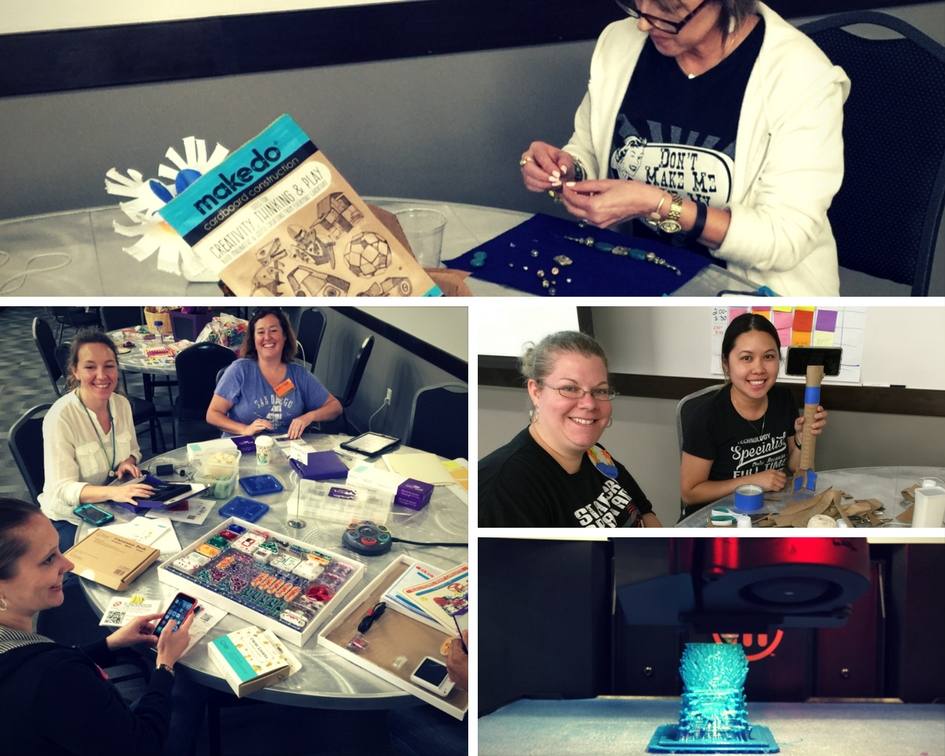

 Teachers working with Generation Z have some changes to make in their classrooms. You can break the expectations down in simple ways:
Teachers working with Generation Z have some changes to make in their classrooms. You can break the expectations down in simple ways:
